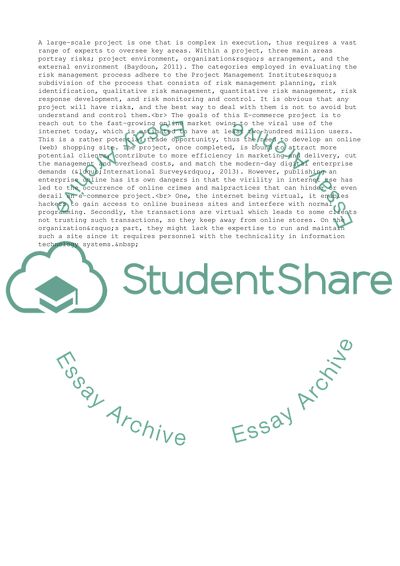Cite this document
(A Risk Management Process within a Large-Scale Information Technology Assignment, n.d.)
A Risk Management Process within a Large-Scale Information Technology Assignment. Retrieved from https://studentshare.org/management/1629033-risk-report
A Risk Management Process within a Large-Scale Information Technology Assignment. Retrieved from https://studentshare.org/management/1629033-risk-report
(A Risk Management Process Within a Large-Scale Information Technology Assignment)
A Risk Management Process Within a Large-Scale Information Technology Assignment. https://studentshare.org/management/1629033-risk-report.
A Risk Management Process Within a Large-Scale Information Technology Assignment. https://studentshare.org/management/1629033-risk-report.
“A Risk Management Process Within a Large-Scale Information Technology Assignment”, n.d. https://studentshare.org/management/1629033-risk-report.


